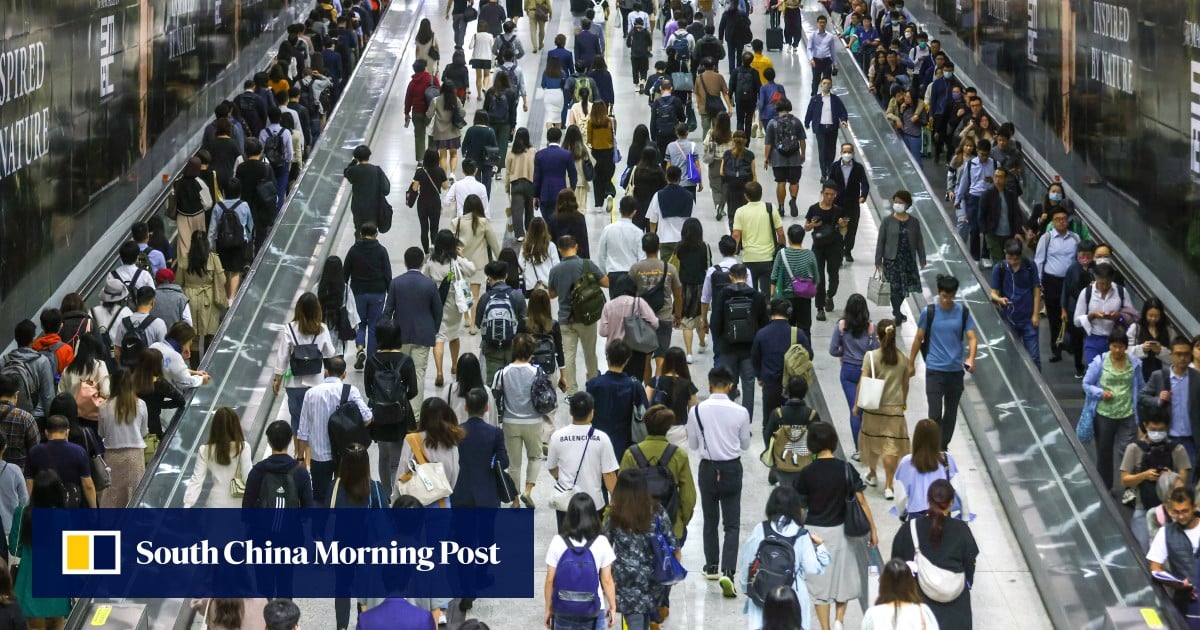
04 Jan Hong Kong’s MPF bounces back with 3.5% annual gain, the first since 2020, as pension scheme adds US$4.8 billion in value
“Encouraging late-year inflation readings and the foreshadowing of lower US interest rates helped the MPF system achieve its first positive annual return in three years,” said Francis Chung, MPF Ratings chairman.

However, poor performance by China and Hong Kong stocks took a bite out of many members’ nest eggs.
Funds based on those stocks – the most popular choice among MPF members, representing about 25 per cent of all MPF assets – lost 13.4 per cent, the worst performance of all the MPF fund options, MPF Ratings data showed.
The benchmark Hang Seng Index declined almost 14 per cent during 2023, while the CSI 300 index, which tracks the top 300 stocks in Shanghai and Shenzhen, lost 11 per cent.
Funds based on US equities performed best, with a 2023 return of 24.2 per cent, followed by Japan stock funds at 21.5 per cent and global equity funds at 19.7 per cent, according to MPF Ratings.
The S&P 500 jumped 24 per cent during the year, while the Nasdaq soared 43 per cent. Japan’s Nikkei index gained 28 per cent.
Hongkongers to MPF: we want higher-risk, higher-return investment options
Hongkongers to MPF: we want higher-risk, higher-return investment options
Funds based on the MPF’s default investment strategy, a popular choice that invests more heavily in stocks or bonds depending on the age of the worker, performed better than the average: funds with higher exposure to equities gained 14.8 per cent and those focused on bonds gained 7.8 per cent.
The default strategy caters to those who have no time or are unfamiliar with investing, said a spokesman for the pension regulator, Mandatory Provident Fund Schemes Authority (MPFA).
As of September, 3.05 million MPF accounts were invested in funds following the default investment strategy, an increase of 10 per cent from a year earlier. Total assets in such funds stood at HK$94.7 billion, or 9 per cent of the total, according to MPFA.
“MPF is a long-term investment spanning over 40 years,” the spokesman said. “Scheme members need not predict the best timing to enter the market or try to time the market. Under the MPF System, funds investing in different markets and asset classes are provided to help MPF scheme members build a diversified investment portfolio to mitigate investment risk.”
Money market funds, which invest in the most liquid short-term instruments, gained 0.7 per cent in 2023, while mixed-asset funds, which invest in both stocks and bonds, added between 4 and 6 per cent, with those weighted towards stocks performing better.
Hong Kong’s retirement scheme ranks second best in Asia behind Singapore’s
Hong Kong’s retirement scheme ranks second best in Asia behind Singapore’s
After factoring in contributions as well as investment gains, the MPF’s total assets increased by HK$88.8 billion, or 8.5 per cent, to HK$1.14 trillion as of December. On average, each MPF member has HK$242,800, an increase of HK$18,900 per person compared with the end of 2022, according to MPF Ratings.
“Diversified investing continues to be MPF Ratings’ preferred 2024 investment strategy in 2024,” said MPF Ratings’ Chung. “Default investment strategy funds worked well in 2023, and we are confident they will continue to offer MPF members consistent long-term value in the forthcoming year.”
Established in December 2000, the MPF requires both employer and employee to contribute an amount equal to 5 per cent of the employee’s monthly salary, up to HK$3,000 in total, per month. Members get back their contributions and investment returns at age 65.
“MPF’s ability to deliver a positive annual return in the face of challenging investment conditions should give MPF’s 4.7 million members confidence that Hong Kong’s retirement system is robust and well positioned to assist members in achieving their investment and retirement needs,” Chung said.
